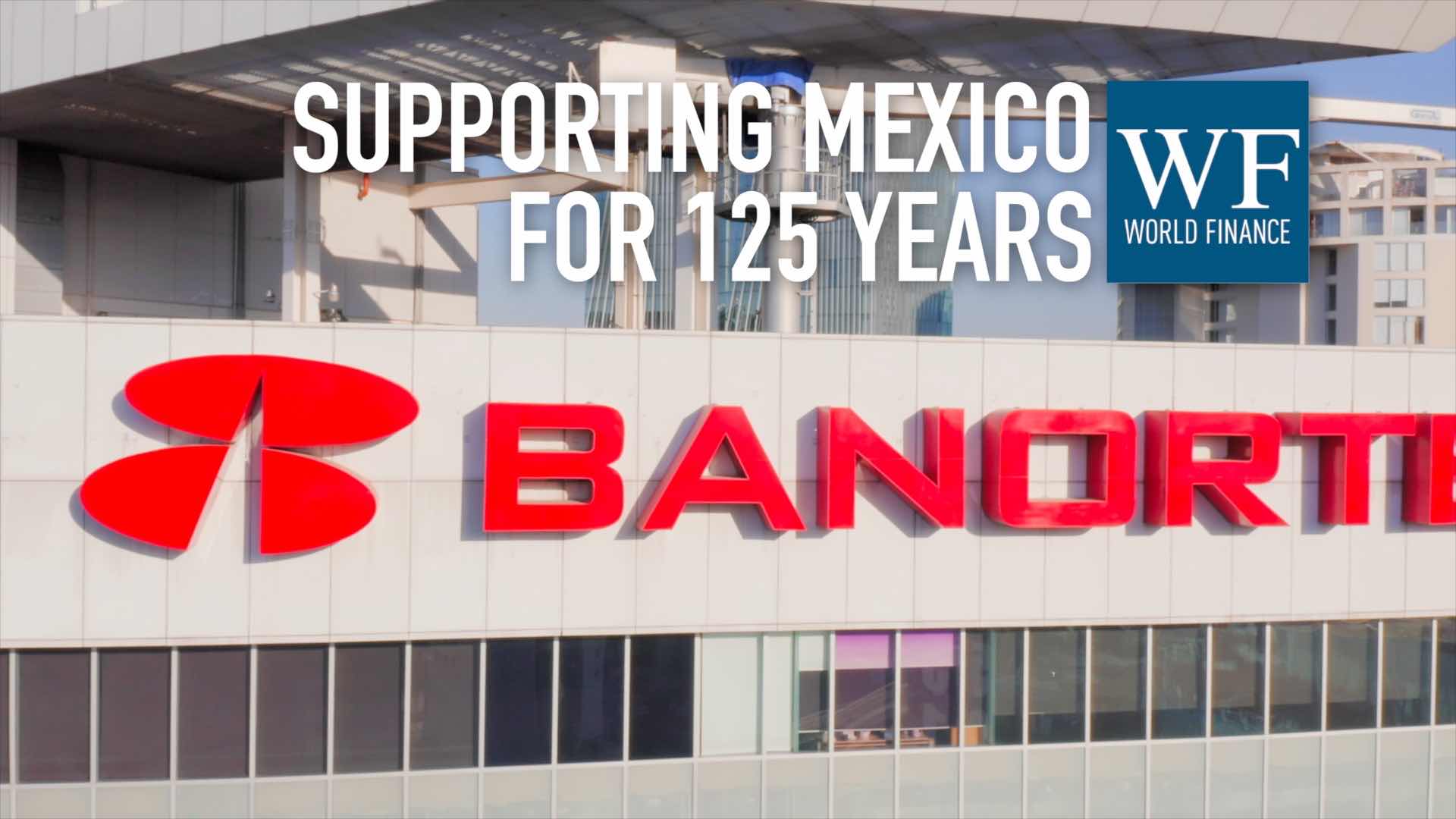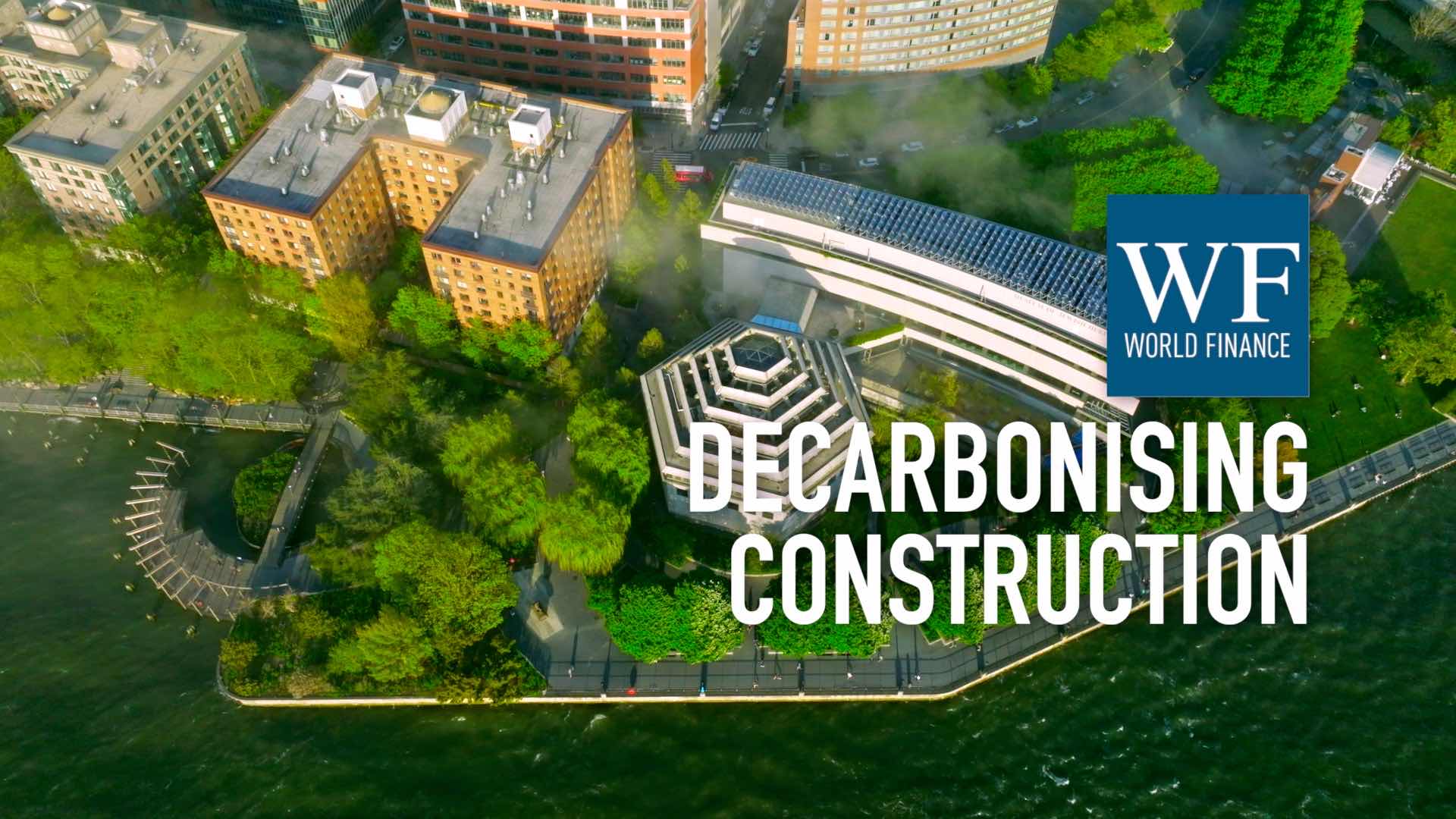Reyes Reinoso, Felipe Laverde, Ana Choucair on the Cartagena refinery | Reficar | Video
World Finance interviews Reyes Reinoso, Felipe Laverde, and Ana Choucair, from Refinera de Cartagena (Reficar) on Colombia's oil industry and the Cartagena refinery expansion
Related:
Transcript
Rising exploration and a favourable environment has made Colombia an attractive destination for oil and gas investment. As the Cartagena refinery expansion draws closer to completion, Reyes Reinoso, CEO and President; Felipe Laverde, Vice President of legal and corporate affairs; and Ana Choucair, Director of Financing; for Refinera de Cartagena, discuss the country’s burgeoning oil industry.
World Finance: So what’s the economic outlook in Colombia today?
Reyes Reinoso: The Colombian economy is actually the third largest economy in Latin America, after Brazil and Mexico. The GDP has been growing steadily from four to five percent. We also have a lot of opportunities in the oil and gas business, both onshore and offshore, for oil exploration and production and that interest is actually the result of the government strategy to make the contractual and fiscal terms the most competitive in Latin America.
“We’ve gone from 640,000 barrels a day six years ago, to over a million barrels a day now”
World Finance: And how has Colombia’s oil industry changed in recent years?
Reyes Reinoso: Well, with that government strategy of making the contractual and fiscal terms more flexible, the interest on investing in the oil and gas in Colombia has really gone exponential. Our last round of business has brought up to 80 major or medium oil companies. We have companies such as ExxonMobil, Shell, and ConocoPhillips, who are currently with other medium and smaller private companies in Colombia, both onshore and offshore. So the production rate also has obviously increased with all that effort. We’ve gone from 640,000 barrels a day only six years ago, up to over a million barrels a day now, during this year, and still increasing. Our target is by 2015 we will have 1.3mn barrels a day in production.
World Finance: With the new refinery Colombia is moving into a new age. Which historical limitations are being overcome with this project?
Reyes Reinoso: This is the most important project currently in Colombia. The investment is over $6.5bn. This is a project that will allow Colombia to stop being a net importer of products and actually be exporting at the highest level. But beyond that, this project has brought several things in its favour. Not only the independence, energy-wise, for Colombia, but it’s a project that has brought the refining business onto a different level. This is a very modern refinery, highly complex, with the top technology, a fully automated refinery. So that brings not only the hardware of a refinery on a competitive level, a highly heat integrated design where saving energy is a must for being a competitive player in the market, but also has opened the possibilities for future expansions into the petrochemical side too.
“The Cartagena refinery is the most important project currently in Colombia”
World Finance: What have been the main environmental and social impacts of the refinery expansion?
Reyes Reinoso: There are a lot of advantages to this refinery. To do any construction, we had to eliminate some trees, for example, and we are reforesting. We are planting tress at a ten-to-one ratio. The other has to do with the fuels. The quality of the fuels are top-notch and environmentally competitive anywhere in the world. For the social part, being the biggest project in Colombia, this has had a very important impact in the community, in the city of Cartagena. 70 percent of the workers, we’re talking currently around 12,000 workers, come from Cartagena. We didn’t originally have the skills, so we had to prepare a $6mn project to train the people for the construction site, bringing jobs to so many people and increasing their income level to three to four times their previous jobs’.
World Finance: So how has the project set new milestones in Latin American project finance?
Reyes Reinoso: You can see that the time we went out to look for funds, it was actually around 2011, was in the middle of the banking crisis in Europe, so it was not an easy task. However, we have a wonderful, very talented group on the financial side, and their strategy was based on looking into the private and public sector, joining forces, so we have state oil companies backing us up. But initially we went to the credit agencies, which are the most difficult ones to obtain resources from, and after we complied with their requirements we went out to look for funds at that time with commercial banking communities. We ended up with over $3.5bn of funds for the project, and it proves that in Latin America we do have the capability of raising resources for mega-infrastructure projects.
“The industrial facilities in Cartagena are bound to be a future hub of business for the oil industry”
World Finance: Finally, as Reficar’s refinery expansion draws to conclusion, which is slated for 2015, what new opportunities are there for investors here?
Reyes Reinoso: Once you have a refinery with such technology, a lot of companies who have provided us with goods, technology, parts, and equipment will be interested in steady growth of their business in Colombia. The industrial facilities in Cartagena are bound to be a future hub of business for the oil industry. The future also holds a lot for the petrochemical industry. Downstream of the refining, a lot of the raw material is produced at the refinery.
World Finance: Reyes, thank you.
Reyes Reinoso: My pleasure.

 Grupo Financiero Banorte: Supporting Mexico for 125 years
Grupo Financiero Banorte: Supporting Mexico for 125 years Investing in innovation: TITAN Group’s €40m commitment to transform construction
Investing in innovation: TITAN Group’s €40m commitment to transform construction
